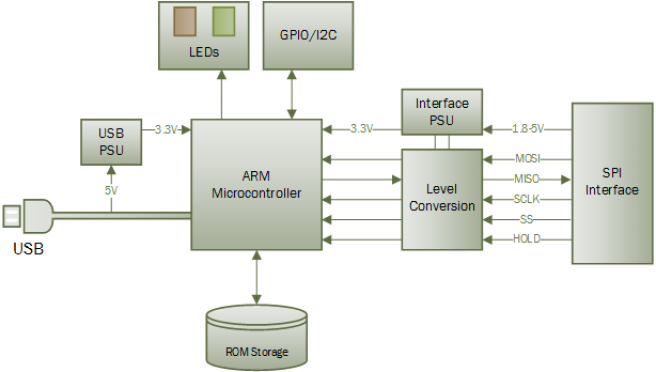Exciting project by Alex Wulff on Hackster.io:
Light-Up Poker Chip
This whole circuit is the same size as a regular poker chip, but with an added surprise: lights!
Spice up your poker games with these cool blinking chips. They can be programmed on the fly to have a certain number of the LEDs illuminated to indicate value, or you can have the lights blink in a cool pattern. They make great playing chips for championships or great prizes to hand out to the winners.
Video of the board in action:
AlexWulff has shared the board on OSH Park:





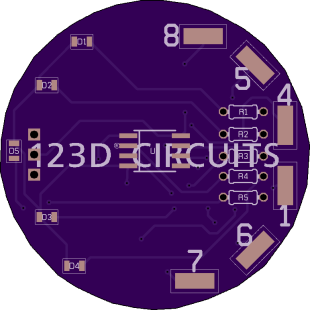


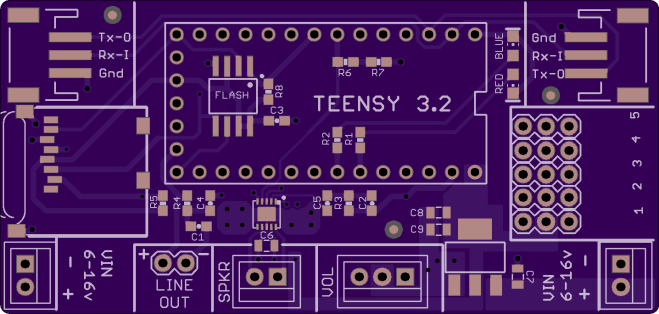
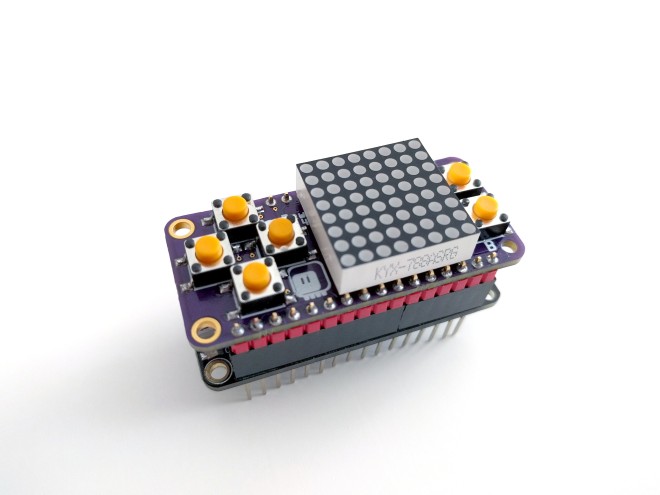




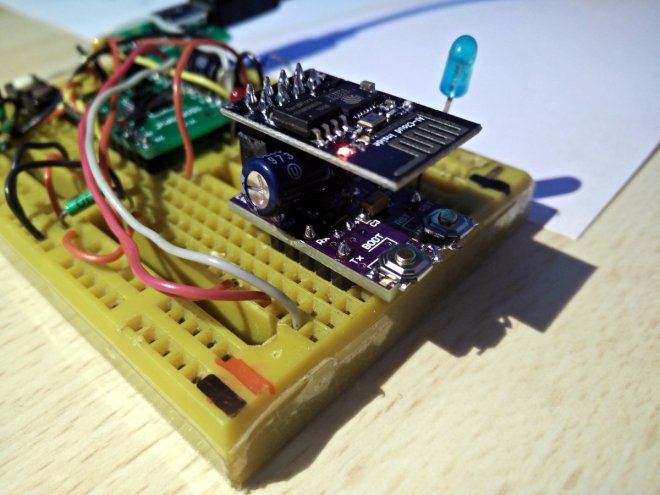

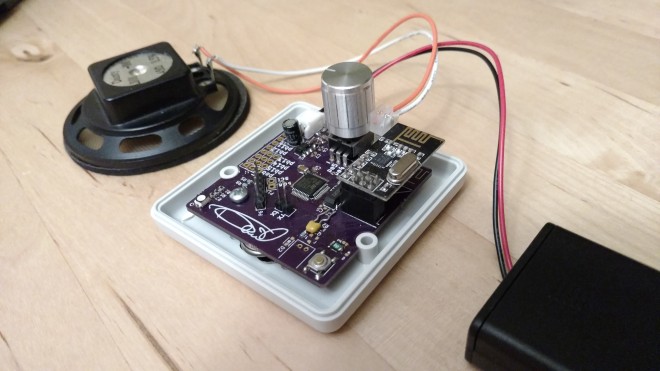
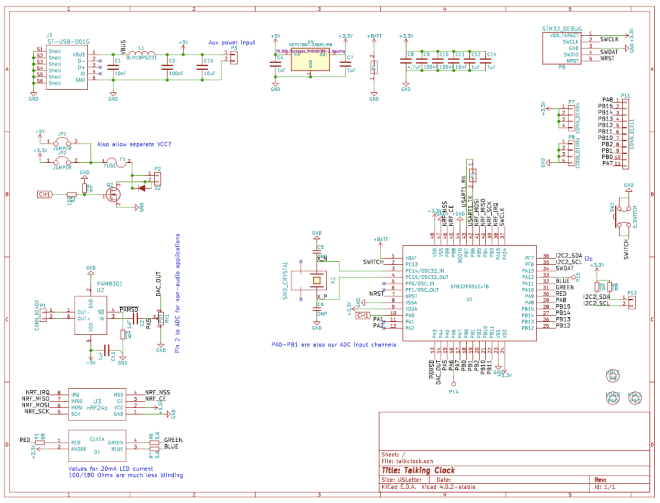
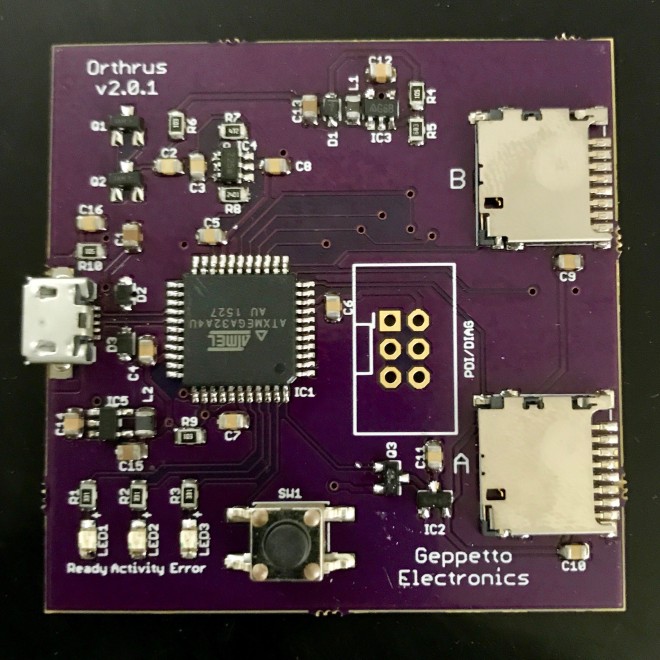





 EEEmu/Supported-Devices
EEEmu/Supported-Devices


